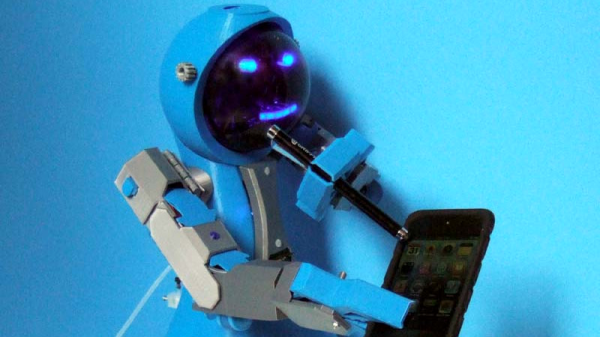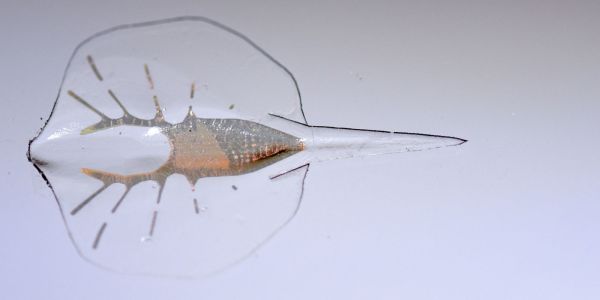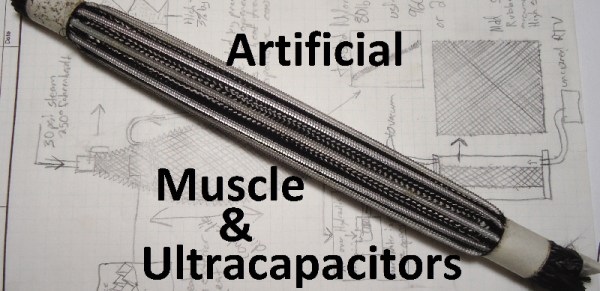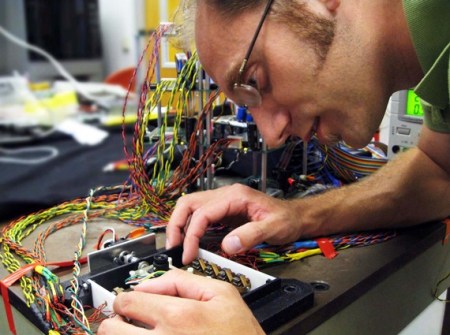Zizzy is a personal robot designed to help those with limited mobility. Rather than being assisted by a nightmare creature, Zizzy would offer a more appealing and friendly option.
The coolest part about Zizzy is the 3D printable pneumatic artificial muscles. Project creator, [Michael Roybal] said it took over a year of development to arrive at the design.
The muscles are hollow bellows printed out of Ninjaflex with carefully calibrated settings. A lot of work must have gone into the design to make sure that they were printable. After printing the muscles are painted with a mixture of fabric glue and MEK solvent. If all is done correctly the bellows should be able to hold 20 PSI without any problem.
This results in a robot with very smooth and precise movement. It has none of the gear noise and can also give when it collides with a user, a feature typically found only in very expensive motor systems. If [Michael] can find a quiet compressor system the robot will be nearly silent.























